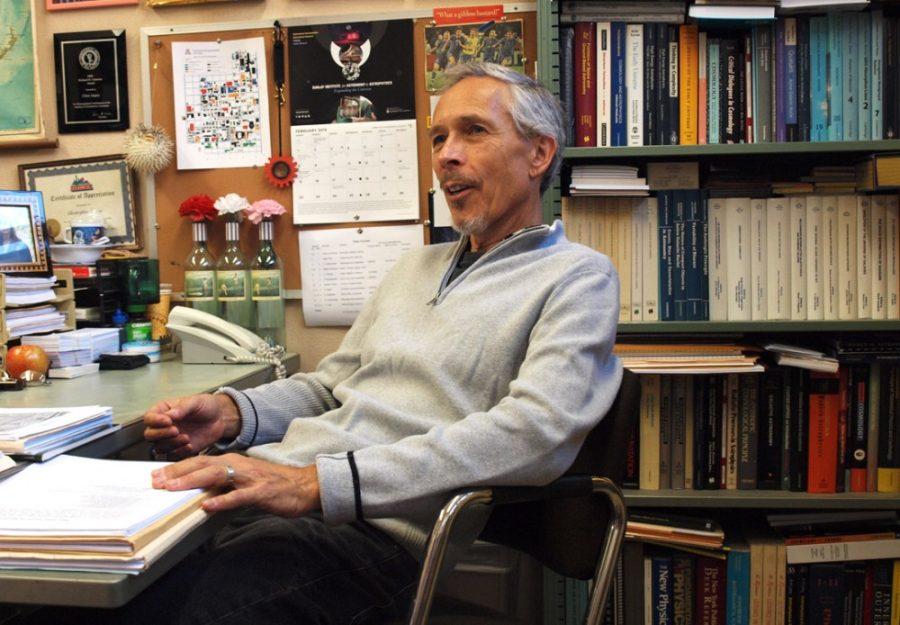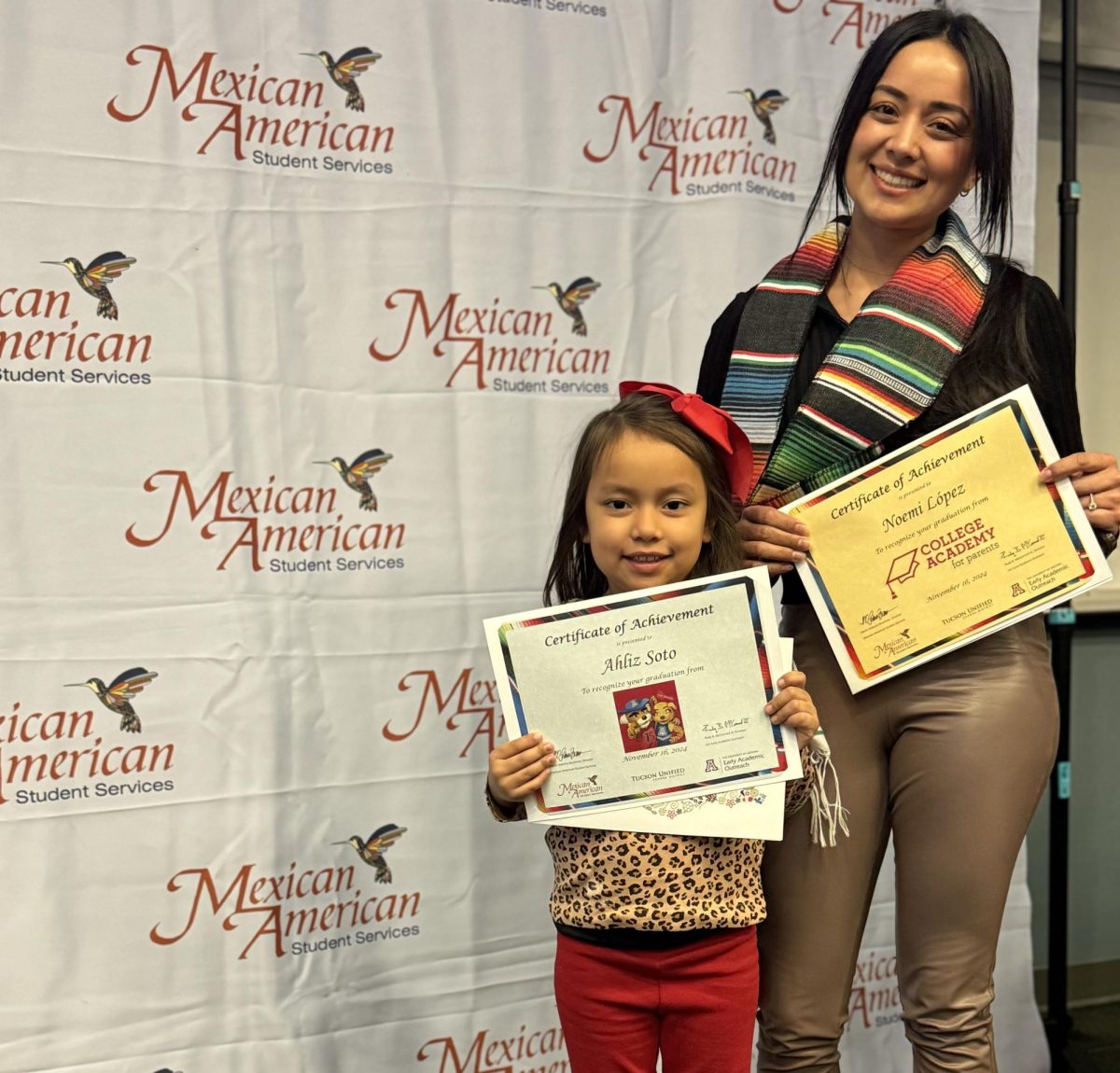Around 15,000 students from more than 170 different countries enrolled in “Astronomy: Exploring Time and Space,” a new online course taught by UA professor Chris Impey that launched Sunday.
The course is offered in a partnership with UA and Coursera, a for-profit online education company that began negotiations with the UA in 2013. Impey teaches a similar but less rigorous online astronomy course through Udemy, another online learning platform that has about 23,000 students enrolled.
“It’s neat that we now have a university partnership with Coursera and are able to do this as an official outreach from the UA,” said Matthew Wenger, an educational technologist in astronomy who has worked closely with Impey. “I think [it] is really exciting, and to try this new, learning platform is going to be a really nice opportunity to test out some of our course curriculum ideas.”
Impey said he is looking forward to engaging with Coursera’s demographic.
“The average age is around 30, and 50-60 percent already have a degree,” he said. “This isn’t a typical demographic of a class I might teach here. I am looking forward to a high level of exchange.”
Students can take the class for free or buy a verified completion certificate for $49. Impey said the revenue raised from the class will be split evenly between Coursera and the university.
Impey also currently teaches the Udemy course.
“I just want to keep learning how to … teach online better,” Impey said. “The data from astronomy comes from space and telescopes, so working on the Internet is pretty reasonable. Most of what we do face-to-face can be done in some version online.”
Impey said he will continue the course on Udemy, because it continues to gain about 1,000 new students a month and is fairly low maintenance.
The main difference between his two courses are the content and features available.
“Udemy is sort of the ‘cool topics’ of astronomy for someone who just wants to know about black holes, dark energy and exoplanets,” Impey said. “The Coursera course is a more rigorous flow throughout astronomy.”
Carmen Austin is a general studies senior who has worked with Impey for three years. Austin not only helps with the production of videos but also manages social media accounts and moderates live discussions.
“Coursera is such a different platform than Udemy,” Austin said. “Coursera is much more academic and has a larger user base. I think it’s a better fit for what our course is.”
Wenger said the videos comprise the primary course materials and are “developed from scratch.”
“We ended up developing and making eight more hours of new video content for the course,” Wenger added.
Other than the video lectures, Impey said that there is more to do with Coursera compared to Udemy, because there are more evaluations, pedagogies, quizzes, writing assignments and activities.
“I’m really excited to see how things turn out,” Austin said. “Since this is our second time doing this, we have a slightly better course prepared for the students.”
Impey said that, every year, he teaches a mini astronomy class to NASA engineers and also goes to North India to teach Buddhist monks cosmology. He said they challenge him and are incredibly engaged learners.
“I think that what’s helped me teach online, strangely, is the all the teaching I do outside the university with … widely different groups of people,” he said. “So, it teaches me different ways to engage with learners of any age and background.”
He also added that other than learning how the new partnership functions, the course also plays a role in spreading the UA’s brand, as his videos are filled with things happening in Tucson.
Impey said with his two classes totaling around 40,000, in the end, it may also provide an outreach push for the university.
_______________
Follow Chastity Laskey on Twitter.









